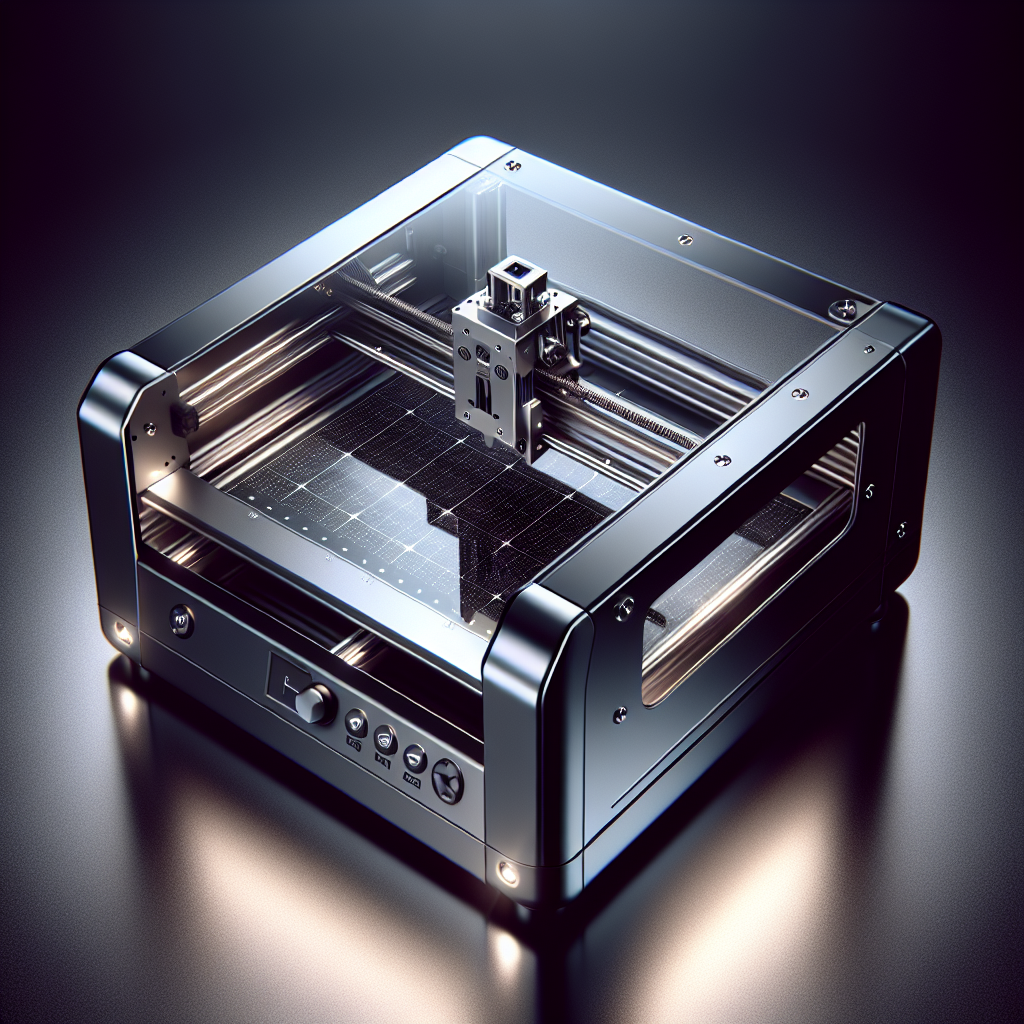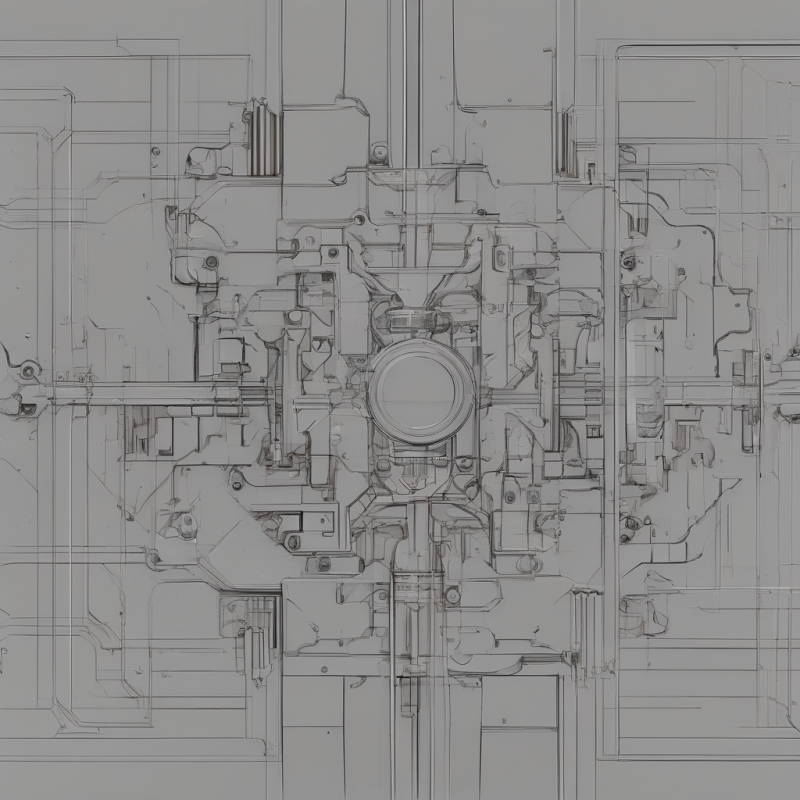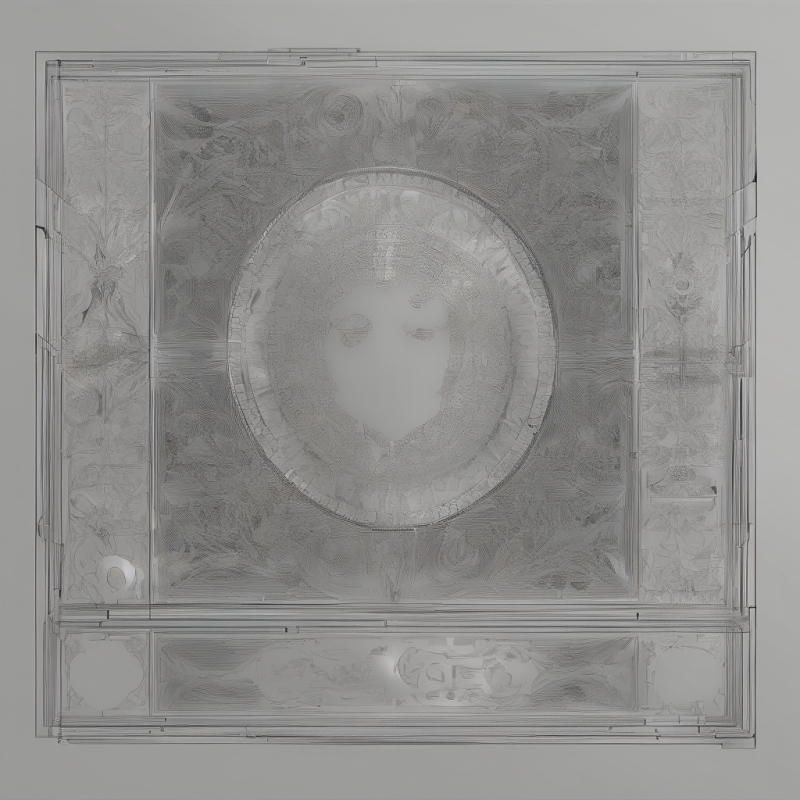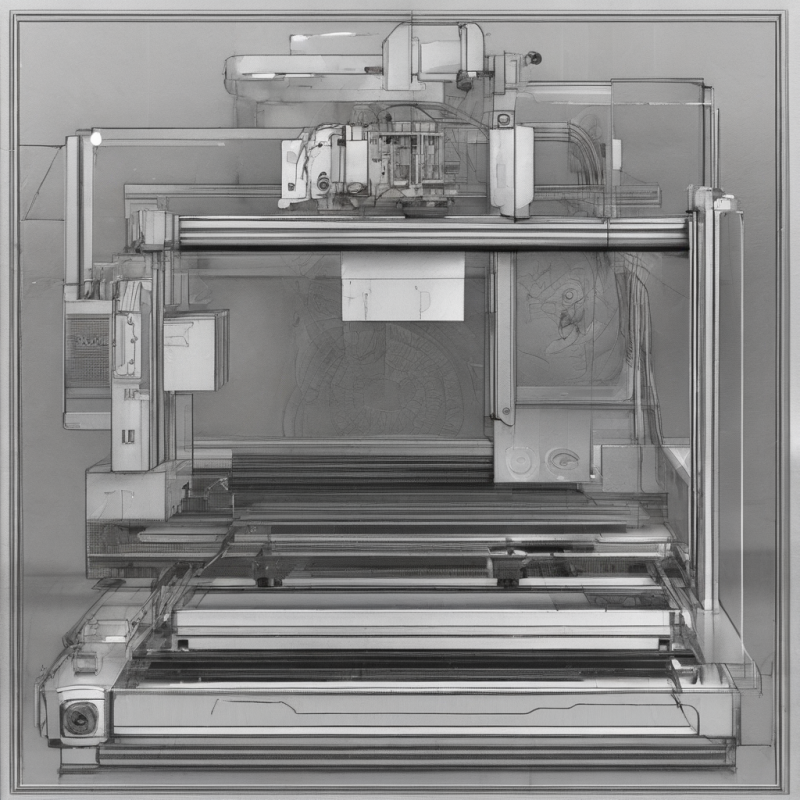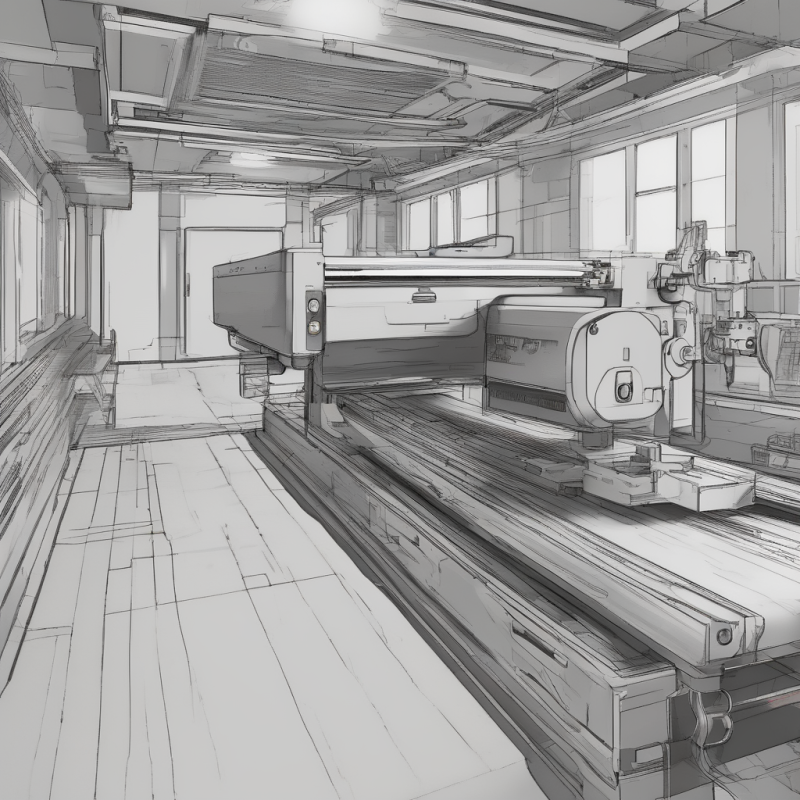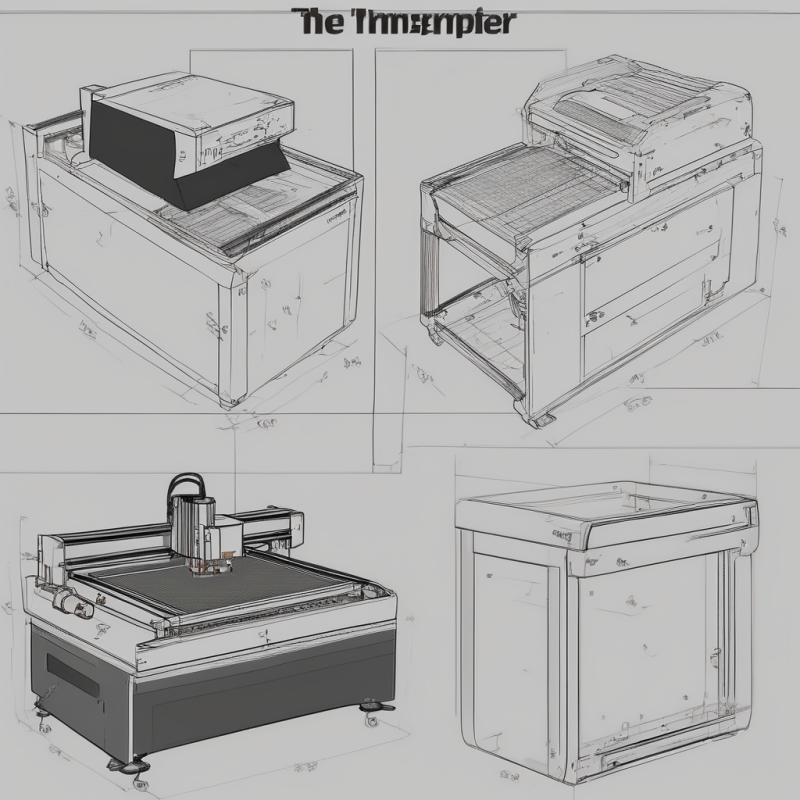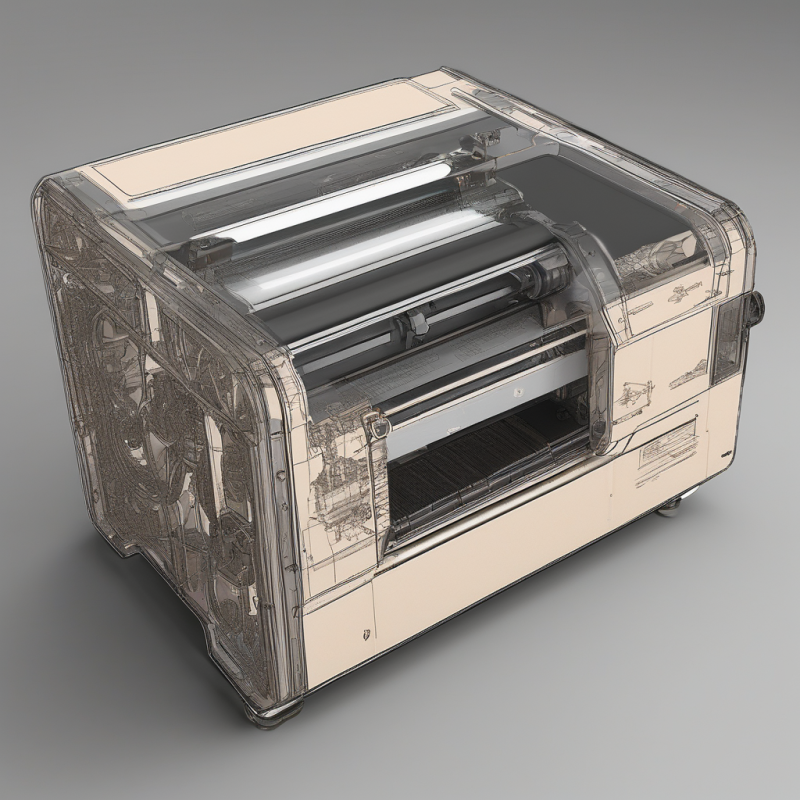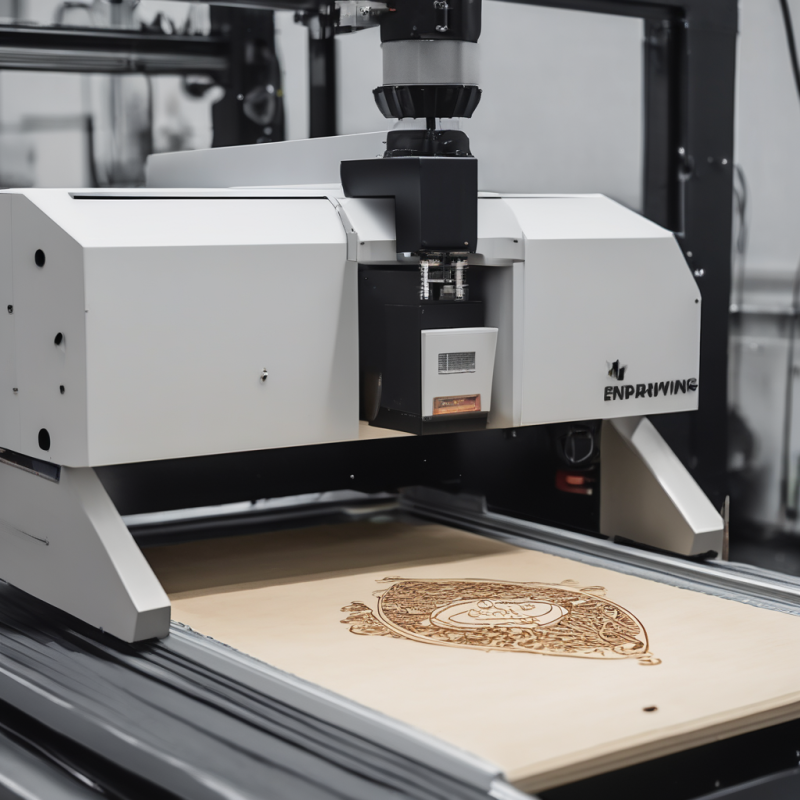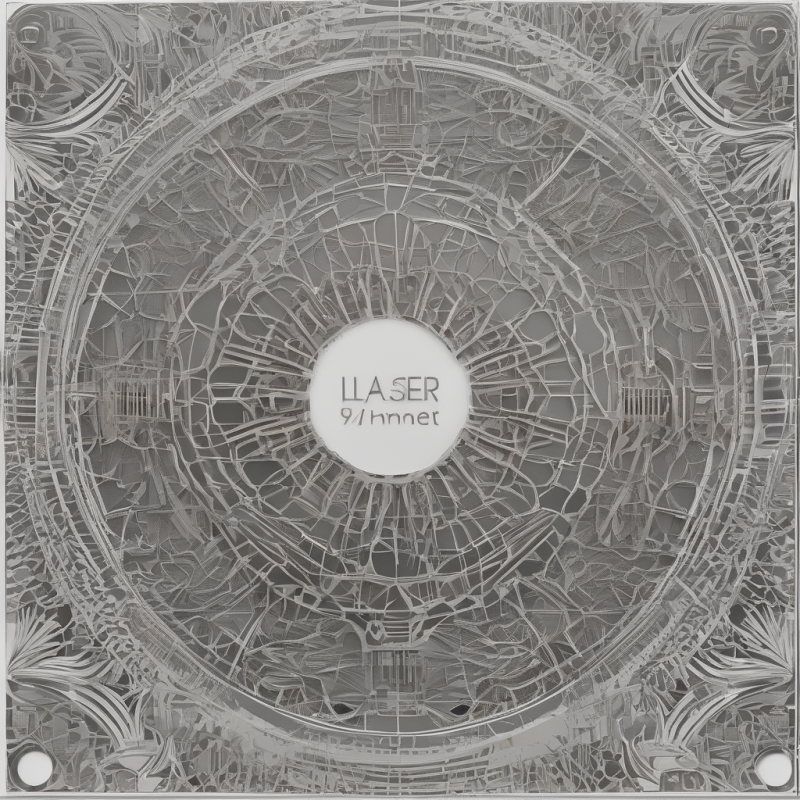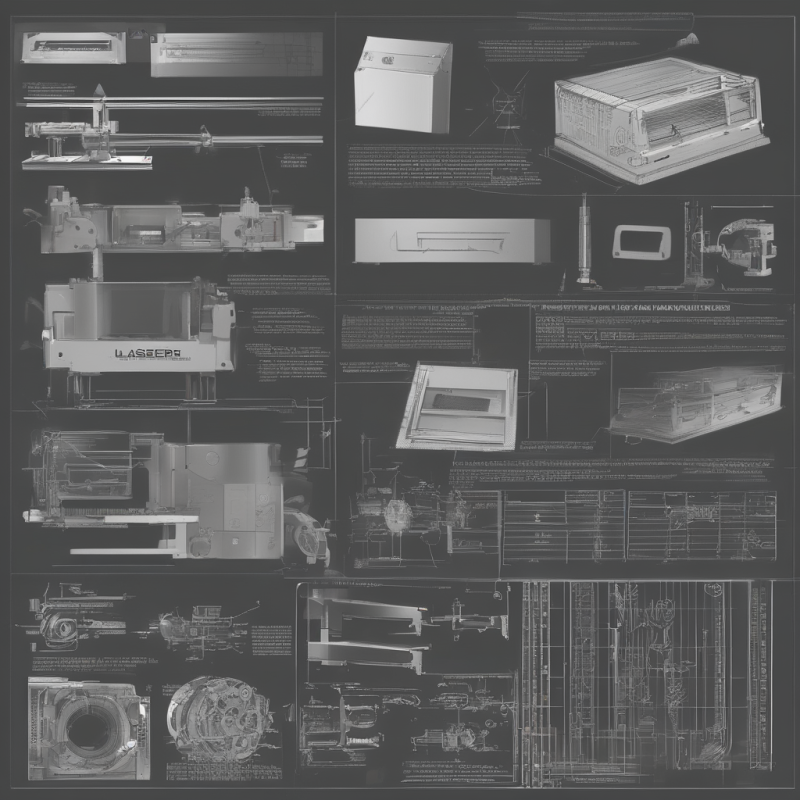The Future of QR Codes: Laser Engraved Solutions
QR codes have revolutionized the way we interact with digital content, offering a seamless bridge between physical and virtual worlds. From marketing campaigns to inventory management, these tiny squares of black and white pixels have become an indispensable tool in modern technology. However, as the demand for more durable, secure, and visually appealing QR codes grows, traditional methods are being replaced by innovative solutions like laser engraved qr code. This article explores the world of laser engraving, its applications, benefits, and how it is shaping the future of QR codes.
What Are Laser Engraved QR Codes?
Laser engraved QR codes are created using a high-precision laser cutting machine, such as the laser cutter laser engraved device. Unlike traditional printed QR codes, which can be easily worn out or tampered with, laser-engraved versions are etched directly into materials like metal, plastic, or glass. This process ensures durability and resistance to environmental factors such as moisture, heat, and abrasion.
The laser cutter laser engraved technology offers unparalleled precision, allowing for QR codes to be embedded into surfaces with microscopic accuracy. This not only enhances the aesthetic appeal but also guarantees that the code remains legible even after years of use. Whether you’re creating a custom logo, a product identifier, or a promotional tool, laser-engraved QR codes provide a professional and long-lasting solution.
Why Choose Laser Engraved QR Codes?
There are several reasons why businesses and individuals are turning to laser engraved qr code solutions. Here are some of the key benefits:
- Durability: Laser-engraved codes are resistant to wear and tear, making them ideal for outdoor use or high-traffic environments.
- Security: Unlike printed QR codes, laser-engraved versions are difficult to counterfeit, providing an additional layer of protection against fraud.
- Customization: With a wide range of materials and engraving depths available, you can create unique designs that align with your brand identity.
- Longevity: Laser-engraved codes retain their readability over time, ensuring consistent performance even in challenging conditions.
These advantages make laser-engraved QR codes a versatile tool for industries ranging from retail to healthcare. But how exactly are they being used? Let’s explore some common applications.
Applications of Laser Engraved QR Codes
Laser-engraved QR codes are finding their place in various sectors due to their unique properties. Here are some examples:
- Retail Marketing: Businesses use laser-engraved QR codes on product packaging, promotional materials, and store displays to provide customers with instant access to product information, discounts, or exclusive content.
- Ticketing Systems: Event organizers are adopting laser-engraved QR codes for tickets, ensuring security and preventing counterfeit entries. These codes can be embedded into metal or plastic badges, making them tamper-proof.
- Asset Tracking: In logistics and manufacturing, laser-engraved QR codes are used to track inventory, equipment, and assets. This helps in streamlining operations and reducing errors.
- Hospitality: Hotels and restaurants use laser-engraved QR codes on menus, room keys, or promotional materials to enhance customer experience and simplify processes.
These applications highlight the versatility of laser-engraved QR codes. But how does the process work? Let’s dive into the technology behind it.
The Process of Creating Laser Engraved QR Codes
Creating a laser-engraved QR code involves several steps, each requiring precision and expertise. Here’s an overview of the process:
- Design: The first step is to design the QR code according to your requirements. This includes specifying the size, data capacity, and error correction level.
- Selecting Material: Choose the material for engraving, such as metal, plastic, or glass. Different materials offer varying levels of durability and aesthetic appeal.
- Engraving: Using a high-precision laser cutter, like the laser cutter laser engraved, the QR code is etched into the material. The laser’s intensity and speed are carefully controlled to ensure optimal results.
- Post-Processing: After engraving, the surface may be polished or treated to enhance its appearance and longevity.
- Testing: Finally, the QR code is tested for readability using a smartphone or dedicated scanner. This ensures that the code functions as intended.
This process results in a high-quality QR code that is both functional and visually appealing. But what challenges does this technology face? Let’s address some common concerns.
Challenges and Considerations
While laser-engraved QR codes offer numerous benefits, there are certain factors to consider before adopting this technology:
- Cost: The initial investment in a laser cutter can be high. However, the long-term savings from durable and tamper-proof codes often outweigh the upfront costs.
- Material Compatibility: Not all materials are suitable for laser engraving. It’s essential to choose materials that can withstand the laser’s intensity without warping or discoloring.
- Maintenance: While laser-engraved codes are durable, they still require periodic cleaning and inspection to maintain readability.
Despite these challenges, the advantages of laser-engraved QR codes far outweigh the drawbacks. As technology continues to evolve, we can expect even more advanced solutions in the future.
The Future of Laser Engraving Technology
The field of laser engraving is rapidly advancing, driven by innovations in materials science and machine learning. One exciting development is the integration of AI algorithms into laser cutting machines, enabling faster and more precise engraving. Additionally, researchers are exploring new materials that can enhance the performance and aesthetics of QR codes further.
As industries increasingly seek sustainable solutions, laser-engraved QR codes offer an eco-friendly alternative to traditional methods. By reducing waste and extending the lifespan of products, this technology aligns with global efforts to promote environmental sustainability.
Conclusion
Laser-engraved QR codes represent a significant leap forward in the evolution of digital interaction. With their durability, security, and customizable nature, they are becoming an essential tool for businesses across various sectors. Whether you’re looking to enhance customer experience, streamline operations, or protect your assets, laser engraved qr code solutions offer a robust and reliable answer.
If you’re interested in exploring the potential of laser engraving for your next project, consider investing in a high-quality device like the laser cutter laser engraved. This cutting-edge technology will not only elevate your QR code projects but also pave the way for innovative solutions in the future.

